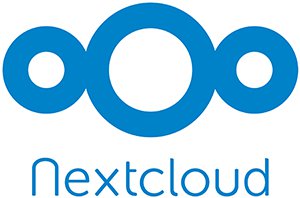
Migrating to Fly.io
When I wrote my last post about stepping back, I didn’t anticipate it’d be over four years until I posted again. And yet, 1,486 days have passed since I posted last.
Whoops.
Even more embarassing, the SSL cert expired sometime over the summer. My process for rotating the certs required around ~15 minutes of manual ops work every 90 days.1 Honestly, I’m giving myself credit for keeping the cert fresh for over three and a half years, but over a delightfully packed summer, the need to manual action caught up with me.








